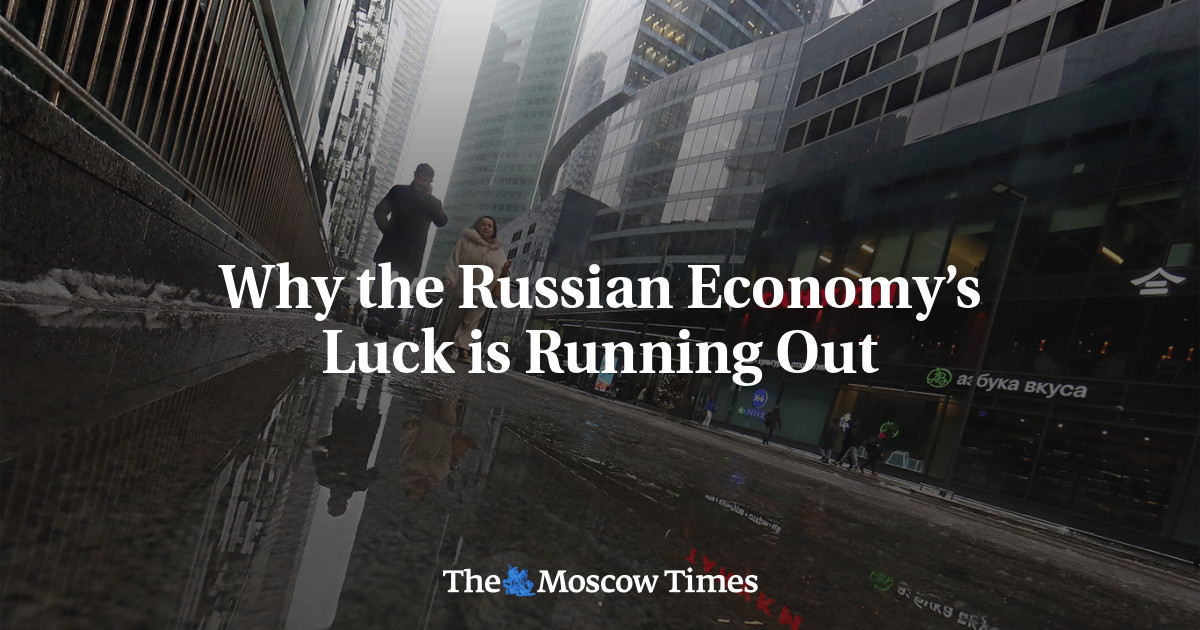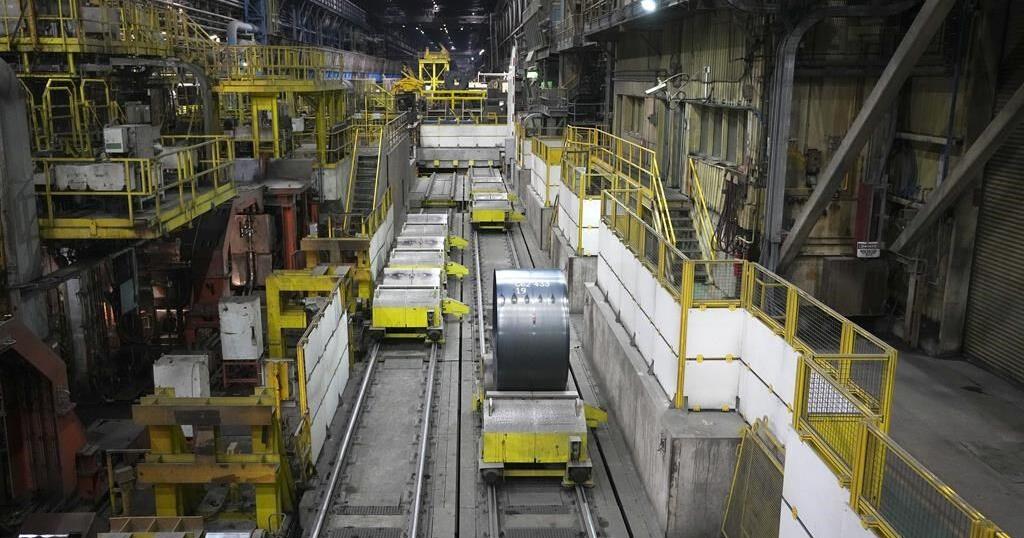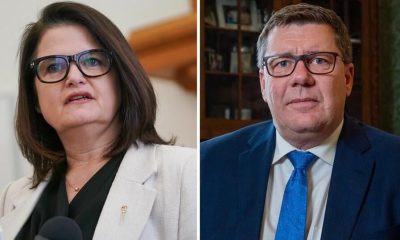The Russian economy has so far done better than expected in the face of severe Western sanctions and the strains of its war on Ukraine. Last year, Russia’s GDP declined by only 2.1%. This year it is expected to grow by 2%.
The many weaknesses in the Russian economy nonetheless remain apparent. GDP has not grown above pre-2014 levels because of Western financial sanctions and its odious kleptocracy. It is not very stable. The exchange rate of the ruble jumps like a yo-yo. The underlying reason for this is massive capital flight, Russia’s exclusion from international financial markets, and its limited liquid reserves. Russia also suffers from ever-tighter sanctions that cut the country off from critical technology such as advanced microchips.
Before 2014, the ruble exchange rate was relatively stable at 32 rubles per U.S. dollar. It then halved in value because of Western financial sanctions passed in response to Moscow’s occupation of Crimea and the Donbas. Russia’s full-scale invasion of Ukraine in February 2022, and the severe Western sanctions that followed, once again halved the exchange rate to 135 rubles per dollar.
Russia’s Central Bank managed to restore some confidence in the ruble through a drastic interest rate hike from 9.5% to 20%. By June 20, 2022, it recovered to 50 rubles per dollar. Yet, inflation rose from 7% before the war to 17% in April because of the financial panic caused by such a large devaluation.
Last July, the ruble exchange rate plummeted once again to around 100 rubles per dollar. The Central Bank responded by ratcheting up its exchange rate from 7.5% to 15% in late October, although inflation stayed low at 6% in September.
Despite climbing rates, Russia’s main economic problem is not inflation, but capital flight. Russia usually has a large current account surplus. But this is regularly matched by a substantial net outflow of capital, as the country invests large amounts of money abroad. In 2022, Russia’s current account surplus spiked to a record $236 billion, while $239 billion was pulled out of the country.
Last year’s large current account surplus was exceptional. It was only possible because the European energy market panicked, and it will not be repeated. The war drove up oil and gas prices worldwide, while Russia continued to sell its overpriced fossil fuels to Europe. Its total export revenues surged from a paltry $382 billion in 2020 to $628 billion in 2022, swelling the military’s budget.
Yet during the first half of 2023, the Central Bank assessed Russia’s current account surplus at only $23 billion and the net capital outflow at $27 billion. The European market price of gas has fallen by 90% from its peak in August last year. Russia used to make up 40% of Europe’s gas imports in 2022. In 2023, it has shrunk to about 7 percent. Next year the amount is likely to be negligible.
Thanks to a Western boycott of Russian oil and the imposition of a price ceiling for other countries that choose to import it, revenue from oil exports has fallen sharply. There remain some problems with the enforcement of these sanctions, especially on rogue dealers and a shadow fleet of Russian tankers. But the West has started to impose new sanctions on these violators. As a result, Russia’s total export revenues are likely to plummet by about one-quarter to some $470 billion.
Before attacking Ukraine in February 2022, Putin had loaded up with $643 billion of foreign exchange reserves. Fortunately for Kyiv, Russia’s real reserves are far smaller. The most recent official Russian account was $577 billion on Nov. 3.
Right out of the gates, the West froze about $280 billion that was being held in the West, and those funds should be confiscated and used for Russian war reparations to Ukraine. Most of the remainder is not liquid, and thus can’t be used to pay for weapons. The latest public Russian account of Russian holdings of non-convertible Chinese yuan is from January 2022, when they amounted to $103 billion.
Russia currently holds additional reserves and assets with the IMF of $28 billion, as well as $145 billion of gold, according to the Central Bank statistics from the end of August 2023. In addition, Russia has non-convertible reserves of $103 billion in Chinese yuan and at least $20 billion in Indian rupees. None of these assets are liquid. If they are deducted, Russia would have no international currency reserves left, making it harder for the country to pay for critical imports.
Even so, Russia is carrying out a major rearmament for which it has raised military expenditures from 4% of GDP before the war to 10% next year. Still, Russia is sticking to a minimal budget deficit of 2% of GDP this year and it is forecast to be 1 percent of GDP next year, showing the strict constraints of Western sanctions.
Putin’s problem is that he cannot finance any larger budget deficit because the Western financial sanctions block Russia from borrowing money from abroad, despite it only having a public debt of 15% of GDP. Nobody wants — or dares — to lend Russia money anymore. At the end of 2013, Russia’s total foreign debt, both private and public, was $729 billion. At the end of March 2023, it had halved to $354 billion.
Russia’s last remaining reserve of cash is its sovereign wealth fund, the National Welfare Fund. According to official statistics, it contains $145 billion. But this is double-counted with the international currency reserves, making the extent to which the remaining assets are liquid unclear. At the end of September, Russian Finance Minister Anton Siluanov said that the state would borrow $42 billion this year, and that only $69 billion would be left in the National Welfare Fund, which sounds plausible.
While Russia might technically experience some economic growth this year, the economy appears increasingly Soviet in both its structure and key indicators. Unemployment has fallen to 3%, but the average dollar wage has plummeted from $1,200 a month in 2013 to currently slightly less than $600 a month today.
As Putin rearms, he is forcing the Russian people to tighten their belts. Russia’s key economic weakness is its inability to control capital flight despite some capital restrictions. But the financial and energy sanctions imposed by the West are managing to limit Putin’s rearmament.


























